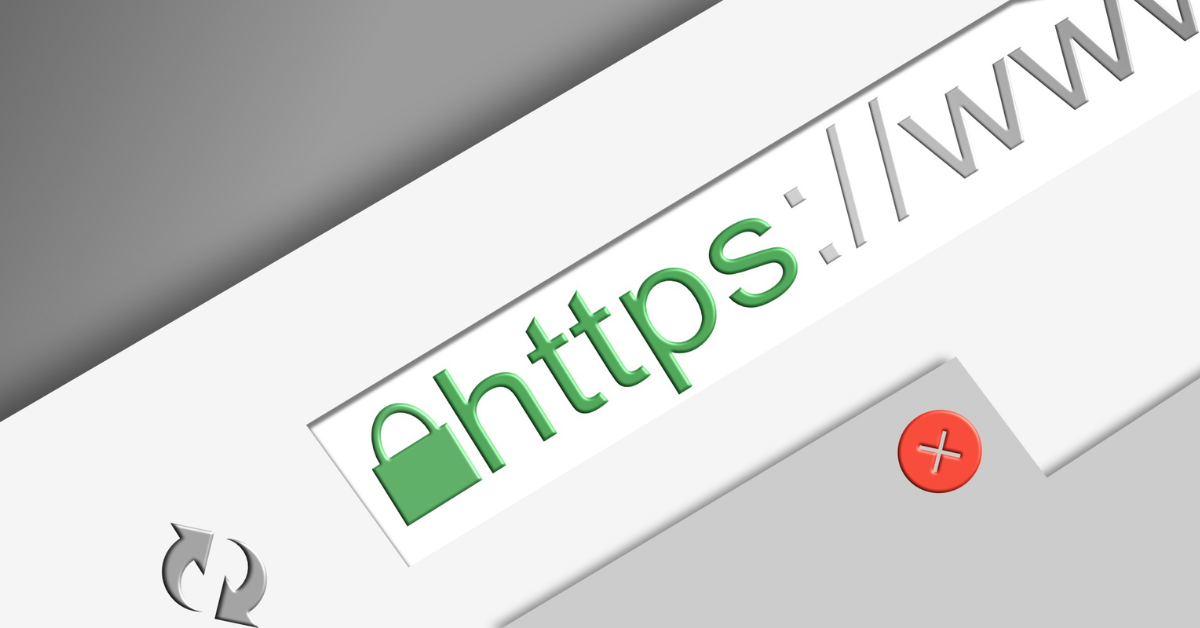If you’ve ever made an online purchase, you’ve probably noticed the tiny green lock in the URL bar of your browser. Using HTTPS, or Hypertext Transfer Protocol Secure, as shown by that lock, means the website you are viewing is secure. The protocol used to transmit data between your browser and the website you’re linked to, HTTPS, is the secure variant of HTTP.
A website that employs HTTPS encrypts the information you provide to it before sending it over the internet once your browser has confirmed that the website is legitimate. This keeps your data from being intercepted or altered while it is in route. If you’re delivering sensitive data, such as credit card details or login credentials, HTTPS is extremely crucial.
By glancing at the URL in the address bar of your browser, you may determine whether a site employs HTTPS. The website is using HTTPS if the URL begins with https://. It is not if the address begins with http://.
Obtaining an SSL certificate will enable HTTPS on any website you create. Secure Sockets Layer, or SSL, is the encryption technique that HTTPS employs. An SSL certificate might be compared to a digital passport that verifies a website’s identity and encrypts data going to and from it.
Obtaining an SSL certificate used to be a difficult process, however Let’s Encrypt now offers them at no cost. A nonprofit organisation called Let’s Encrypt is supported by well-known tech giants including Google, Facebook, and Microsoft.
After obtaining an SSL certificate, you must install it on your web server and set up HTTPS on your website. Depending on the web server you’re using, this process differs, but there are lots of tools accessible to assist you.
When you visit your site after completing all of these steps, you will notice a green lock in the address bar of your browser, letting users know that their data is secure.




